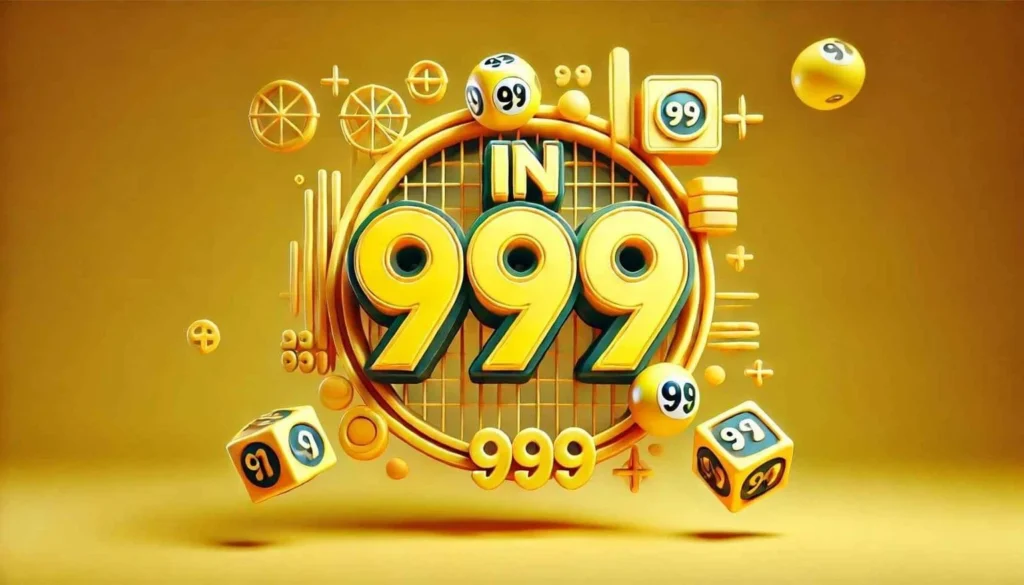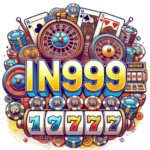IN999 Game: Real or Fake?
In the realm of mobile gaming, few topics spark as much debate and curiosity as the legitimacy of certain games. Among these, the IN999 game has garnered significant attention. With a combination of intriguing gameplay, promises of real-world rewards, and a substantial following, many are left wondering: is the IN999 game real or fake? In this comprehensive article, we will delve deep into the game’s mechanics, user experiences, and the underlying business model to provide a well-rounded answer to this burning question.
Understanding the IN999 Game
The IN999 game is marketed as a unique blend of casual gaming and real-world incentives. Players engage in various tasks and challenges, earning in-game currency and points that can supposedly be redeemed for real-world rewards such as gift cards, gadgets, or even cash. This promise of tangible rewards has undoubtedly contributed to its popularity.
The game typically features simple, addictive gameplay mechanics, such as puzzles, trivia, or mini-games, designed to keep users engaged. The primary allure, however, lies in the potential to earn rewards, making it a compelling option for many mobile gamers.
The Allure of Real-World Rewards
The concept of earning real-world rewards through gaming is not new. Many apps and games have tried to capitalize on this idea, tapping into the inherent desire for both entertainment and tangible benefits. The IN999 game leverages this by offering a variety of rewards that appeal to a wide audience. From everyday items like gift cards to more significant prizes like smartphones, the game positions itself as a platform where players can have fun and potentially gain something of real value.
However, the promise of rewards naturally leads to skepticism. Can players truly earn these rewards, or is it just a clever marketing ploy? To answer this, it is essential to examine both the user experiences and the business model of the IN999 game.
User Experiences and Reviews
User reviews and experiences are critical in assessing the legitimacy of any game. A quick glance at app store ratings and online forums reveals a mixed bag of opinions regarding the IN999 game. Some users report having successfully redeemed their points for rewards, while others express frustration over unfulfilled promises and perceived scams.
Positive Experiences: Many users who praise the IN999 game often highlight its engaging gameplay and the excitement of earning points. For some, the game has indeed delivered on its promise of rewards. These users typically mention that they received gift cards or small gadgets after reaching certain milestones. They appreciate the transparency in the points system and the straightforward process of redeeming rewards.
Negative Experiences: On the flip side, numerous users express dissatisfaction with the game. Common complaints include an excessive amount of ads, slow point accumulation, and unresponsive customer support. Some players claim that despite reaching the required points for a reward, they never received it. Others mention that the game becomes increasingly difficult to earn points as they approach redemption thresholds, leading to suspicions of manipulation.
Analyzing the Business Model
To understand whether the IN999 game is real or fake, it is crucial to analyze its business model. Most games offering real-world rewards generate revenue through advertisements and in-app purchases. By keeping players engaged and watching ads, the developers earn money, a portion of which is then allocated to fund the rewards.
Revenue from Advertisements: Ads are a significant revenue stream for the IN999 game. Players often have to watch ads to earn points, continue playing, or access certain features. The more time players spend in the game, the more ads they watch, and consequently, the more revenue the developers earn. This model relies on a high volume of active users and frequent ad engagement.
In-App Purchases: In addition to ad revenue, the game likely offers in-app purchases. Players can buy in-game currency or power-ups to progress faster. These purchases can significantly boost the game’s revenue, allowing the developers to sustain the rewards system.
Sustainability Concerns: One of the critical factors determining the legitimacy of the IN999 game is the sustainability of its business model. If the game can consistently generate enough revenue from ads and in-app purchases to cover the cost of rewards, it can be deemed legitimate. However, if the revenue falls short, the game may struggle to fulfill its promises, leading to negative user experiences and allegations of being fake.
Red Flags and Warning Signs
While some users have had positive experiences with the IN999 game, several red flags warrant caution:
- Excessive Ads:
- Many users complain about the overwhelming number of ads, which can be a sign that the game prioritizes ad revenue over user experience.
- Unresponsive Support:
- Poor customer support and lack of transparency in addressing user concerns are common issues. Legitimate apps typically have responsive support to assist users with problems.
- Difficulty in Redeeming Rewards:
- If numerous users report challenges in redeeming rewards, it raises questions about the game’s intentions and ability to deliver on its promises.
- Manipulative Tactics:
- Some players feel that the game deliberately slows down point accumulation as they near redemption thresholds, which can indicate manipulative tactics to discourage reward redemption.
Comparing with Other Reward-Based Games
To put the IN999 game into perspective, it is helpful to compare it with other reward-based games and apps. Many similar platforms exist, each with its own approach to rewarding users. By examining these, we can identify common traits and potential pitfalls.
Legitimate Reward Apps: Several well-established reward apps have proven track records of delivering on their promises. Apps like Swagbucks, Mistplay, and InboxDollars have built trust over the years by consistently rewarding users and maintaining transparent operations. These apps often have robust support systems, clear terms and conditions, and sustainable business models.
Questionable Apps: Conversely, many apps promise rewards but fail to deliver, leading to disappointed users. These apps often exhibit similar red flags to those seen in negative reviews of the IN999 game: excessive ads, unresponsive support, and difficulties in redeeming rewards. Such apps tend to disappear after a short period, leaving users with unfulfilled promises.
Conclusion: Is the IN999 Game Real or Fake?
The question of whether the IN999 game is real or fake does not have a straightforward answer. The game appears to have elements of both legitimacy and potential deceit. While some users have successfully earned rewards, the numerous complaints and red flags cannot be ignored.
To determine if the IN999 game is right for you, consider the following:
- Manage Expectations:
- Approach the game with realistic expectations. While some users may receive rewards, the process can be slow and require significant effort.
- Be Cautious:
- Stay vigilant for red flags and be cautious about spending money on in-app purchases. Monitor your progress and any changes in the game’s reward system.
- Research:
- Before investing time and effort, research user reviews and experiences. Look for consistent patterns in feedback to gauge the game’s reliability.
In conclusion, the IN999 game embodies the complex nature of reward-based gaming apps. It offers a blend of entertainment and potential rewards but is marred by issues that question its legitimacy. By staying informed and cautious, players can navigate this landscape more effectively and make informed decisions about their participation in the game.








